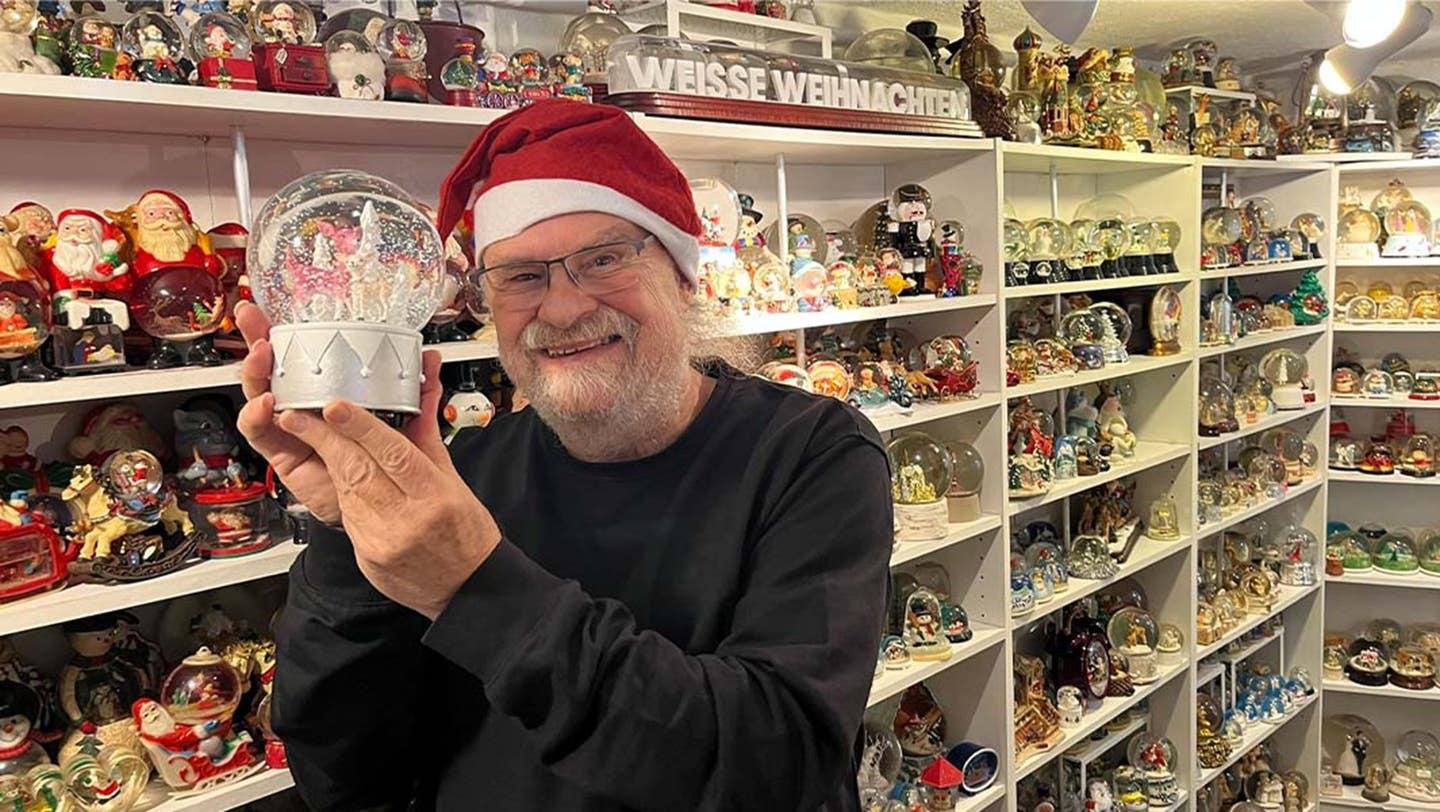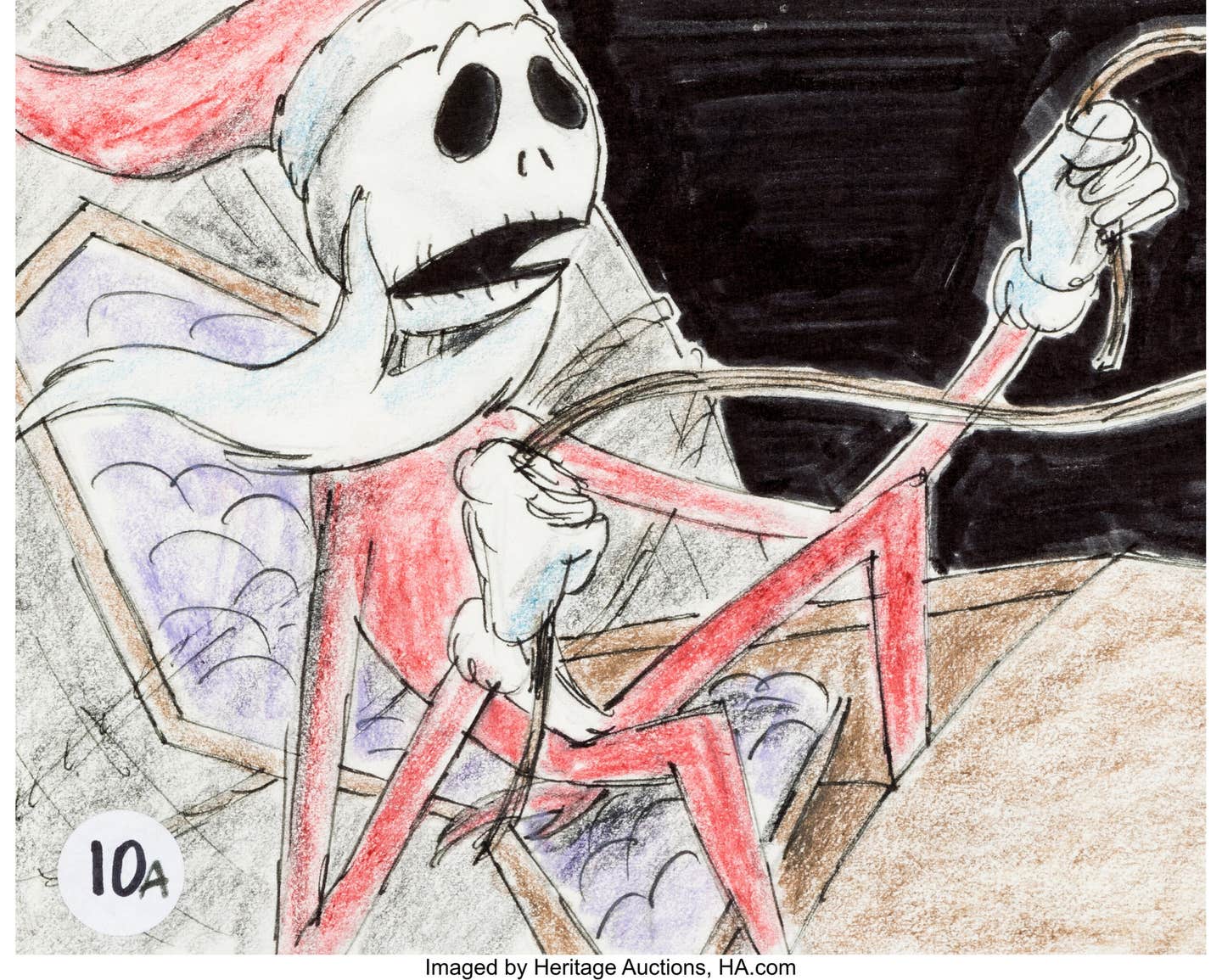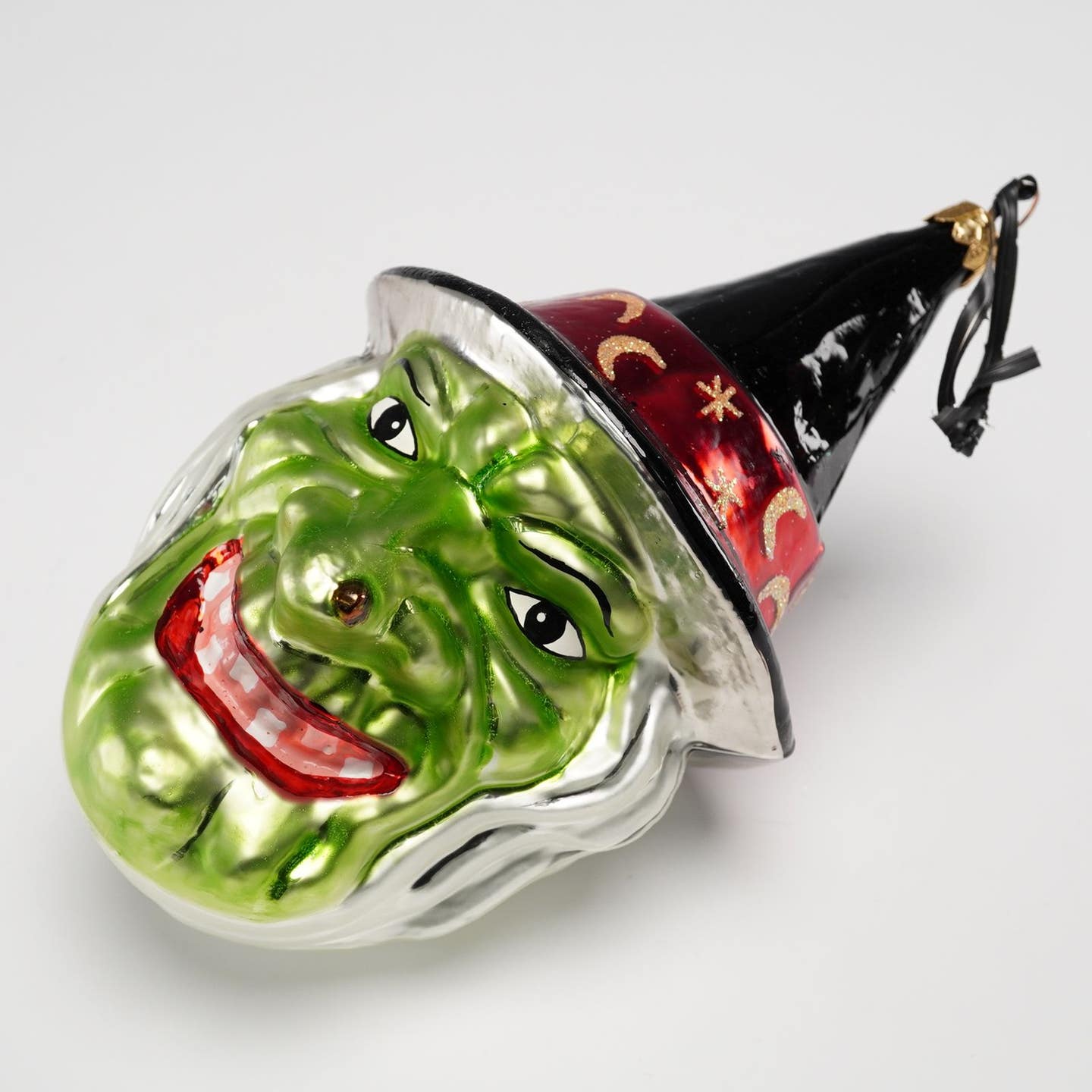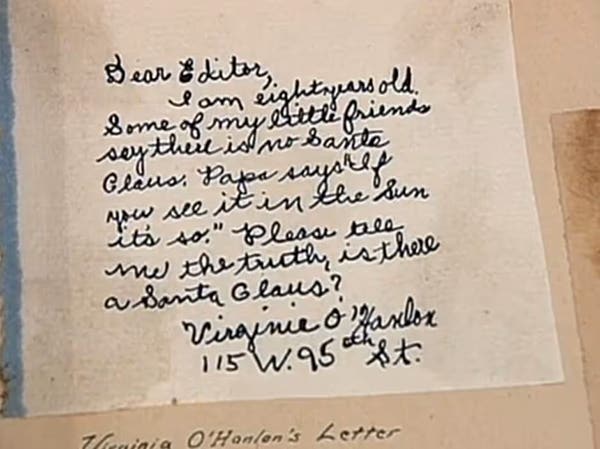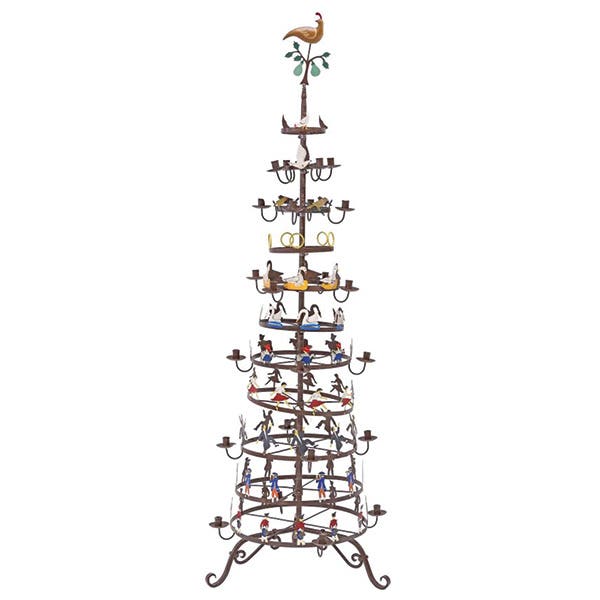John Margolies’ Retro Roadside Attractions
Architecture and design critic John Margolies spent nearly 40 years driving across the US, photographing the changing landscape of roadside attractions.
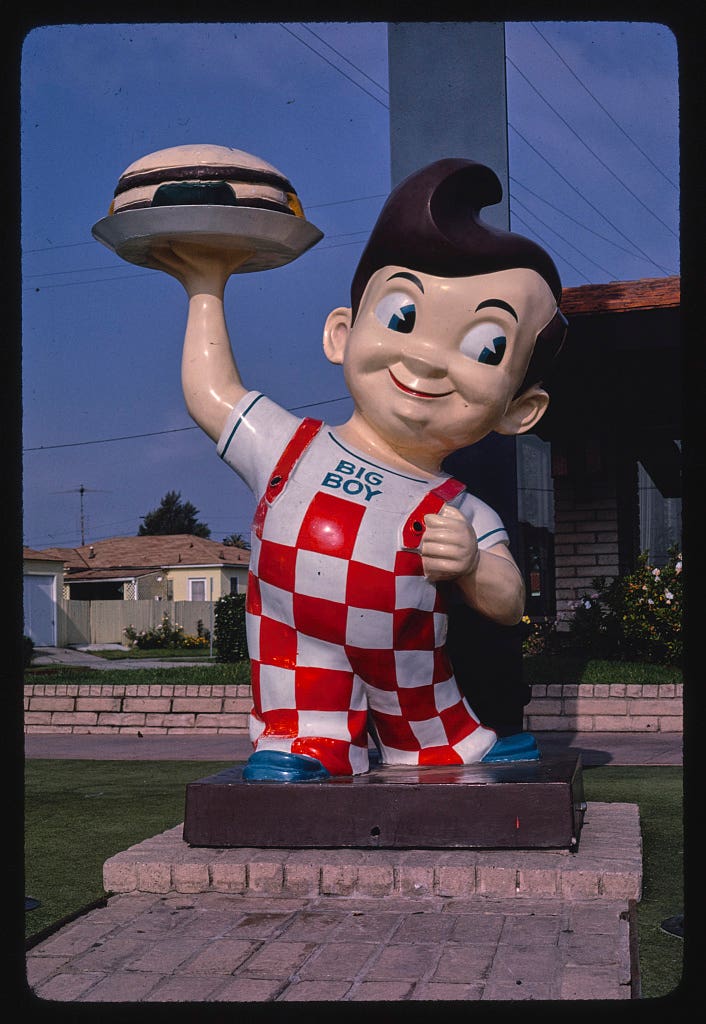
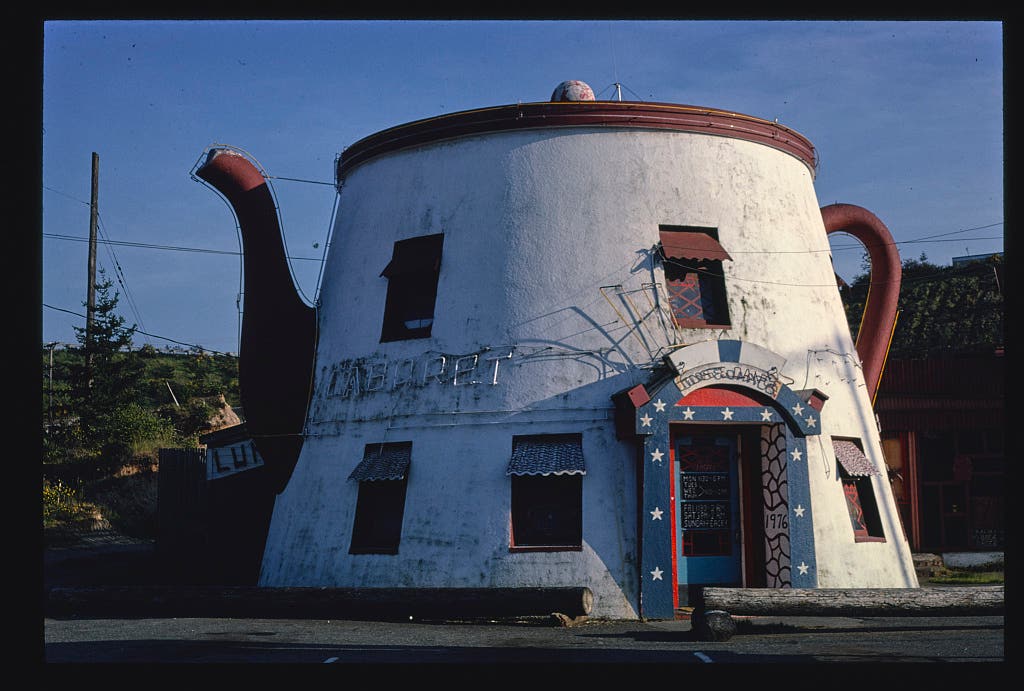
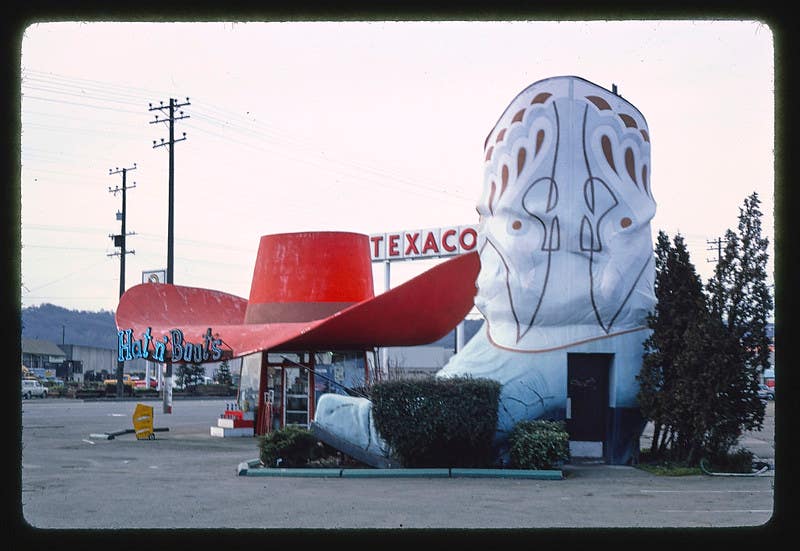
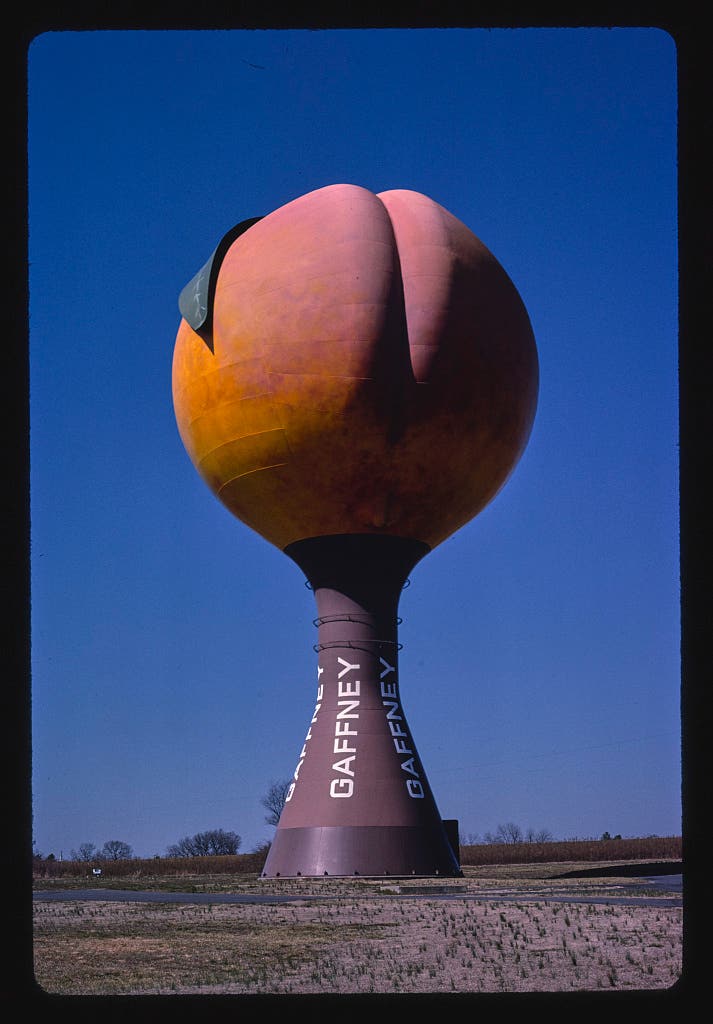
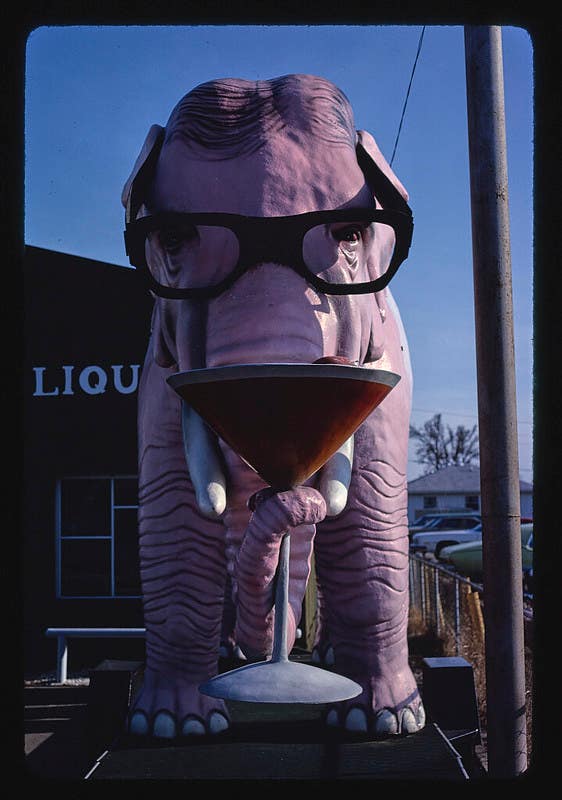
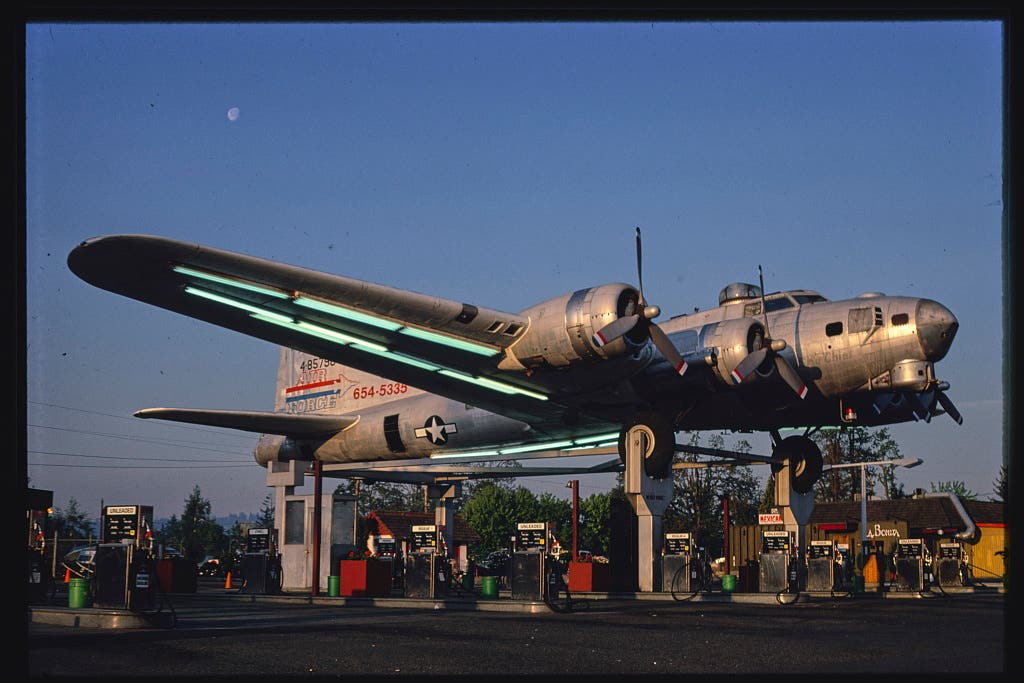
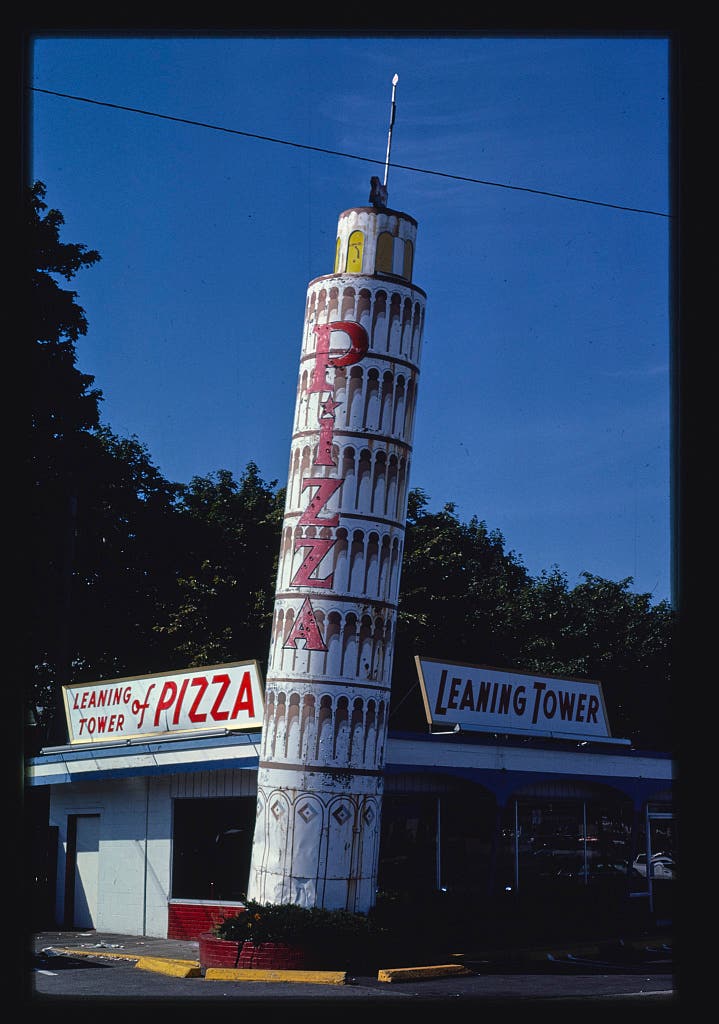
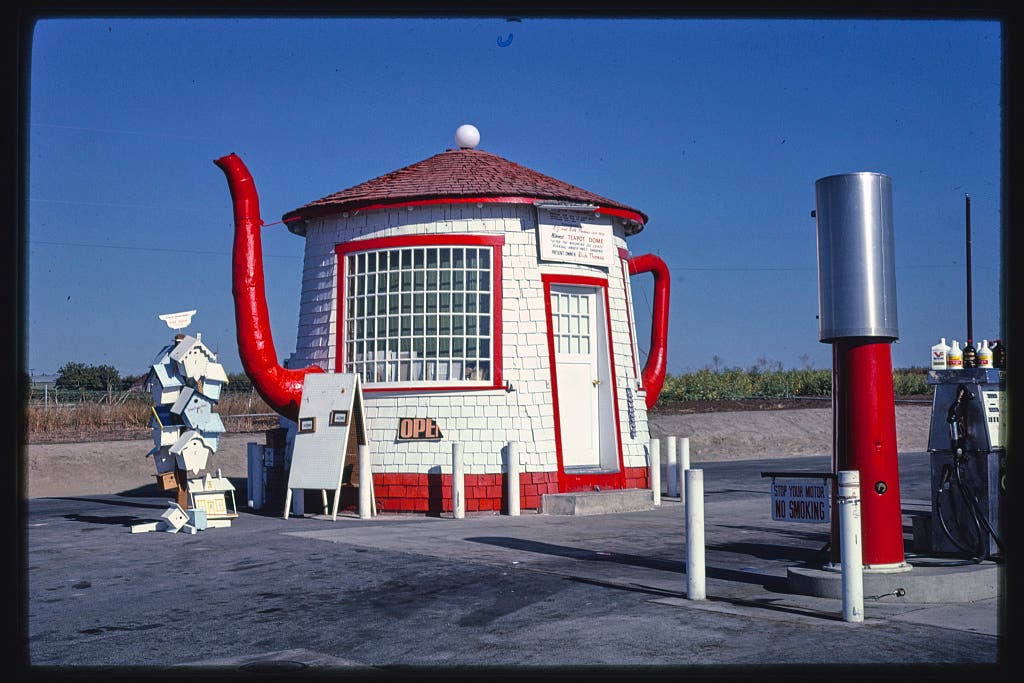
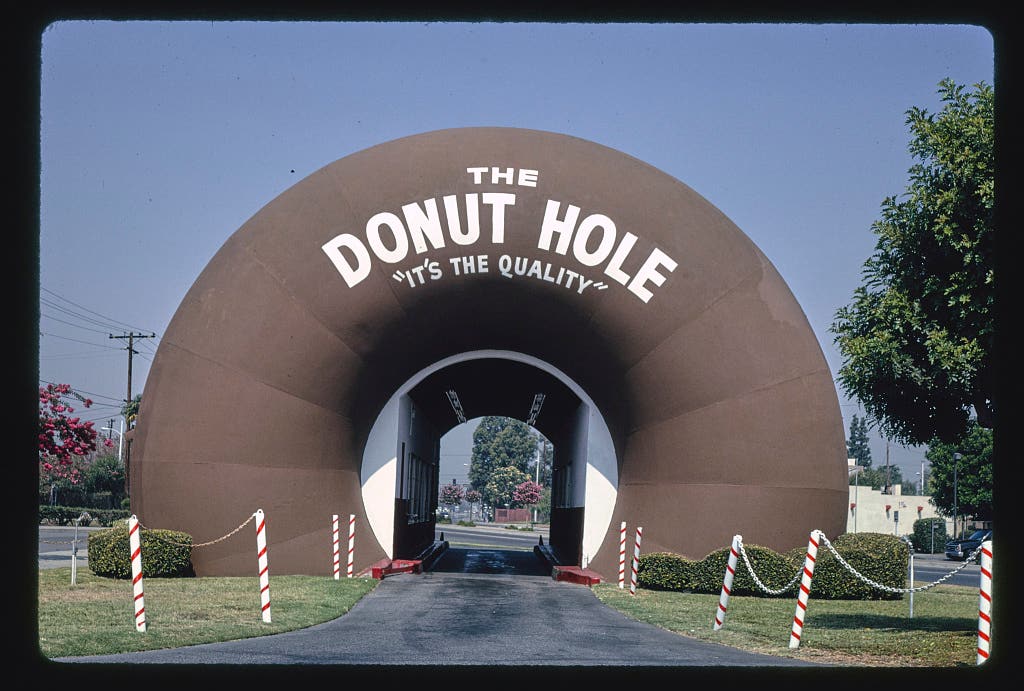
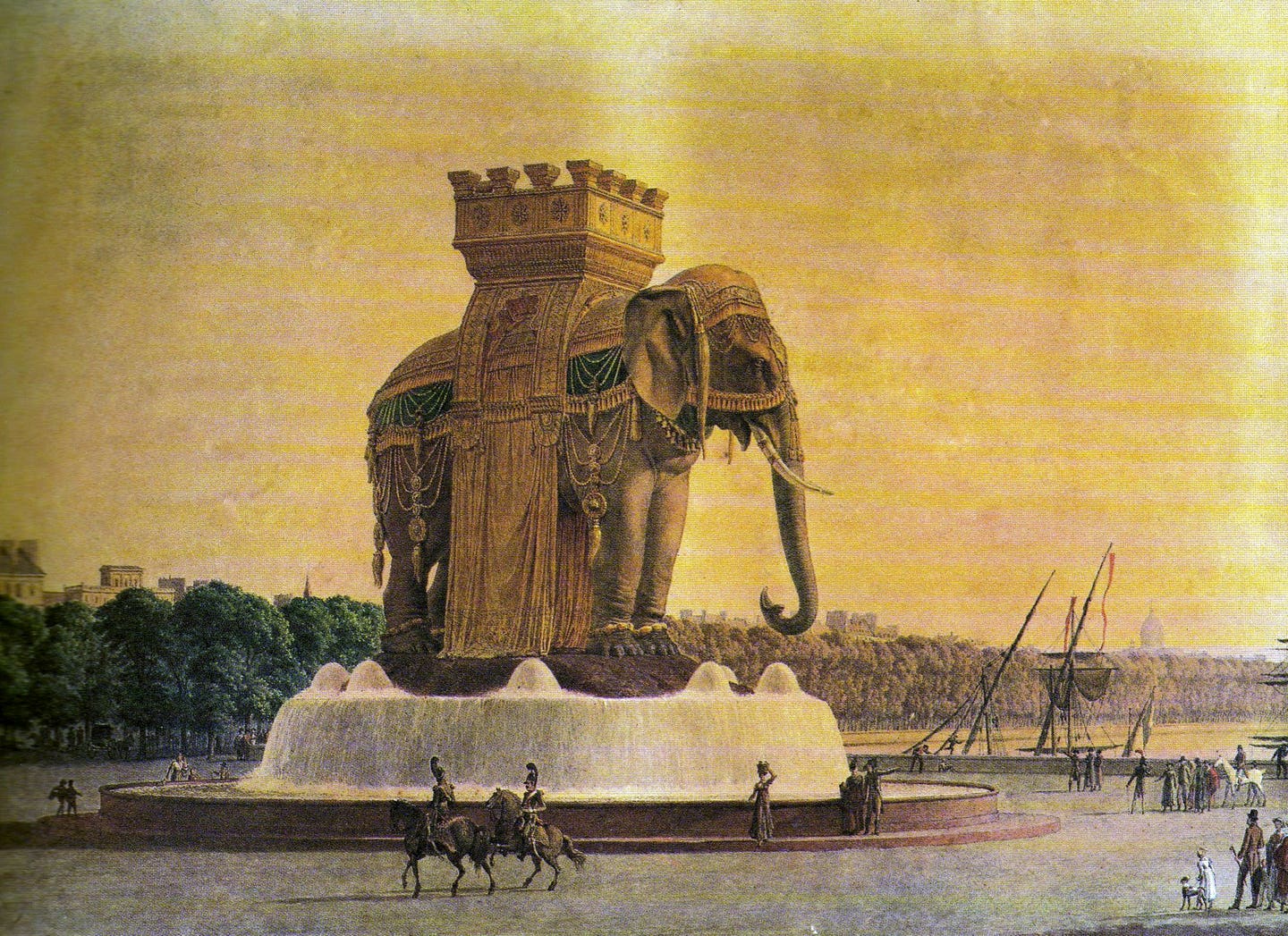
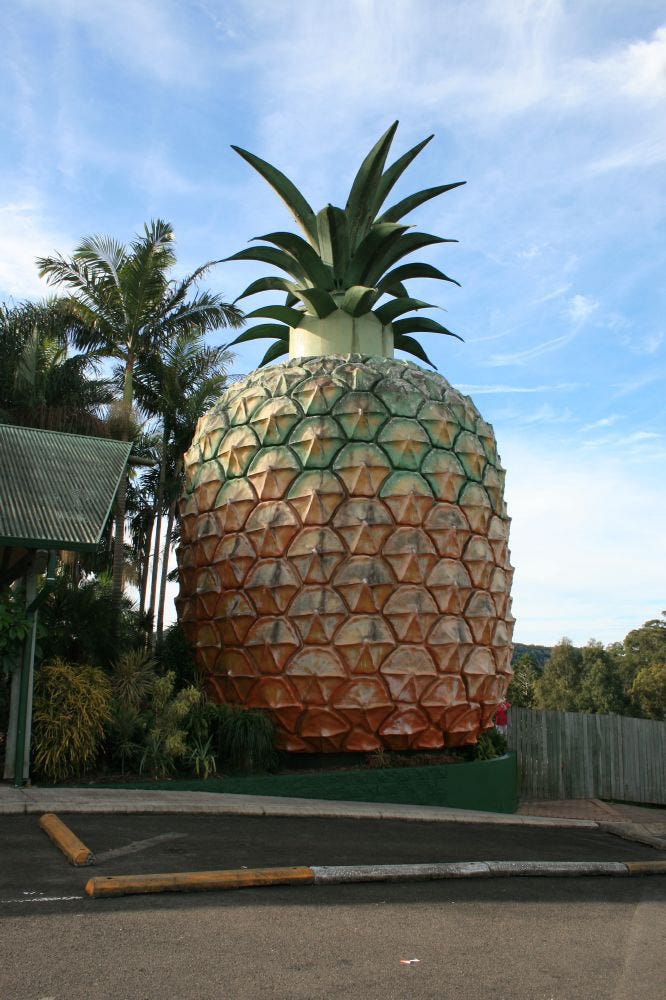
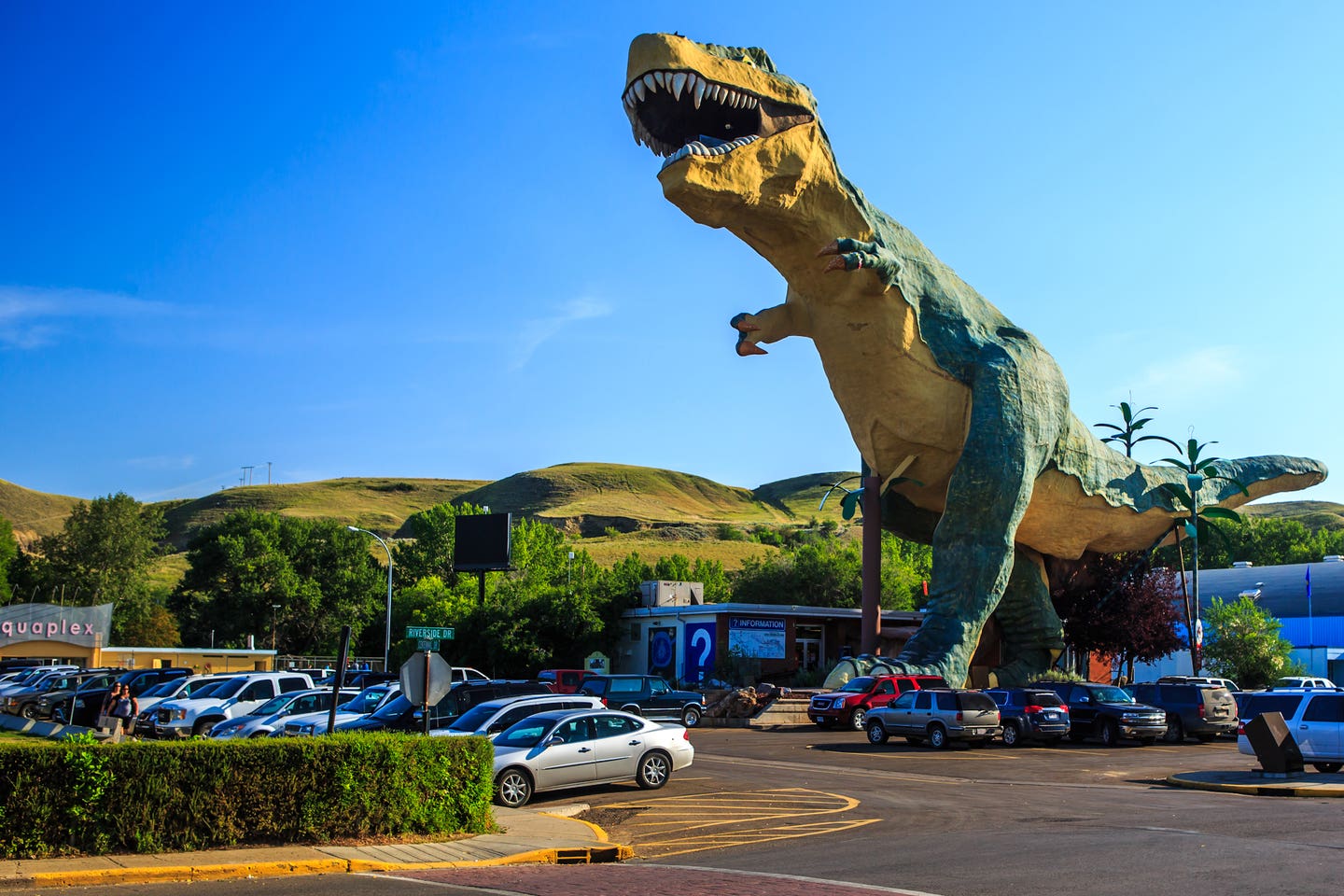
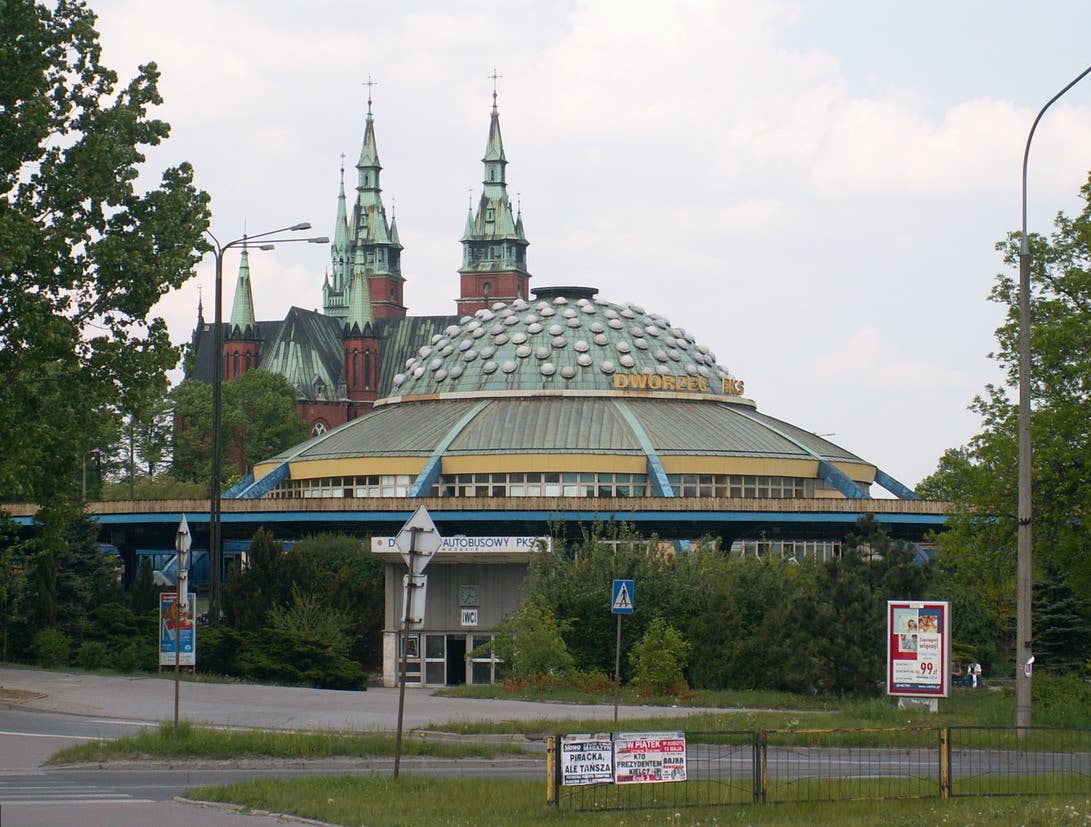
While driving along American roadways in the mid-20th century, it was common to see restaurants masquerading as a massive 65-foot-long muskie or hot dog, gas stations in the shape of a teapot, and motels that looked like wigwams and railroad cars.
Before the arrival of corporate advertising and building conformity, the architectural environment in the U.S. was a free-form landscape of creative expressions. During the open-road automobile culture that swept the country at that time, businesses wanted to take advantage of attracting potential customers. Enormous roosters, dinosaurs, peaches, milk bottles, Paul Bunyans and other whimsical signs, artifacts and buildings stood as proud totems along the highways, beckoning to travelers like endearingly eccentric sirens and luring them to stop — because really, who could come upon a giant gun-totin’ rootin’-tootin’ shrimp in a cowboy hat and not want to get out of the car and at least take a picture of it?
Photographer John Margolies (1940-2016) spent more than three decades doing just that. From 1969-2008, he drove more than 100,000 miles across the country while exploring the changing landscape of the open-road culture, documenting these fascinating and playful examples of advertising and fantasy structures. Almost all of Margolies’ work was done in the interest of preserving images of what would otherwise be lost to time.
Photographer John Margolies (1940-2016) spent more than three decades doing just that. From 1969-2008, he drove more than 100,000 miles across the country while exploring the changing landscape of the open-road culture, documenting these fascinating and playful examples of advertising and fantasy structures. Almost all of Margolies’ work was done in the interest of preserving images of what would otherwise be lost to time.
Margolies, an architecture and design critic, shot more than 11,000 photographs of signs on main streets, gas stations, movie theaters, restaurants, motels, miniature golf courses, fantasy coastal resorts, and various odd sculptures and amusements. About half of the photos document sites in California, Florida, Michigan, New Jersey, New York, South Carolina, and Texas, but all 48 contiguous states are represented.
In an age when online shopping and mega-malls have reconfigured American consumerism — stripping away delightful peculiarity in favor of a bland uniformity — his work stirs up nostalgia and reminds us of a more unpredictable and colorful past, and why road trippin’ was an obsession.
Author of a dozen books, including John Margolies: Roadside America (2010), Pump and Circumstance: Glory Days of the Gas Station (1993) and Home Away from Home: Motels in America (1995), his photographs and articles have also appeared in The New York Times Magazine, Esquire, Domus and Architectural Record; some have also sold at auction from between $106 to $3,250. The bulk of his work was consigned to the John Margolies Roadside America Photograph Archive, which was purchased by the Library of Congress; in 2017, LOC generously lifted all copyrights on the photographs.
Born in 1940 in New Canaan, Connecticut, Margolies became interested in roadside attractions as a child, riding in the backseat of his parents’ car on trips to neighboring Hartford. According to a 2018 article in The Washington Post, during these childhood road trips, he would beg his parents to stop at roadside attractions, but they refused, believing them to be “the ugliest stuff in the world.” At 16, he obtained his driver’s license and began sightseeing in his 1948 Oldsmobile.
In 1962, Margolies earned a BA in journalism and art history at the University of Pennsylvania and enrolled at the Annenberg School of Communication. Upon graduation, he was appointed assistant editor of the Architectural Record and then was program director of the Architectural League of New York.
In another one of his books, The End of the Road: Vanishing Highway Architecture in America (1981), Margolies warned that modernism threatened to displace these popular establishments. As a result, he began his quest of photographing this vernacular architecture, taking his extended road trips across the US.
Margolies’ eye was often drawn to signage or other graphic elements of buildings that expressed the ingenuity or eccentricity of their makers, but the billboards he seemed to prefer to photograph illustrated relatively humble “illusions of happiness.” He also found no shortage of signs graced with attention-grabbing, groan-inducing puns: One billboard for a Mexican restaurant, with a giant red sausage in one corner, shouts, “You’ve never sausage a place! (You’re always a weiner at Pedro’s!)”
Novelty buildings seemed to be one of his favorite roadside phenomena to document. He especially liked structures that mimicked their own shape or function, whether this was as or as simple as a coffeehouse shaped like a coffee pot (Bob’s Java Jive, Tacoma, Washington) or as witty as a car wash shaped like a whale (the Whale Car Wash, Oklahoma City, Oklahoma).
Writing in The New York Times in 1981, the architecture critic Paul Goldberger said, “The architectural historian John Margolies must surely be the father of this entire movement — he has led dozens of his colleagues toward an appreciation of those buildings that might be called the exclamation points of the landscape.”
Though Margolies passed away in 2016 at age 76, his images continue to delight. The treasure trove of his 11,710 color slides of places that now mostly exist only in his archives can be viewed in hi-resolution digitizations at the Library of Congress. A slightly lower-resolution, but easy-to-browse, selection of more than 2,200 images can be viewed in LOC's album at flickr.com.



